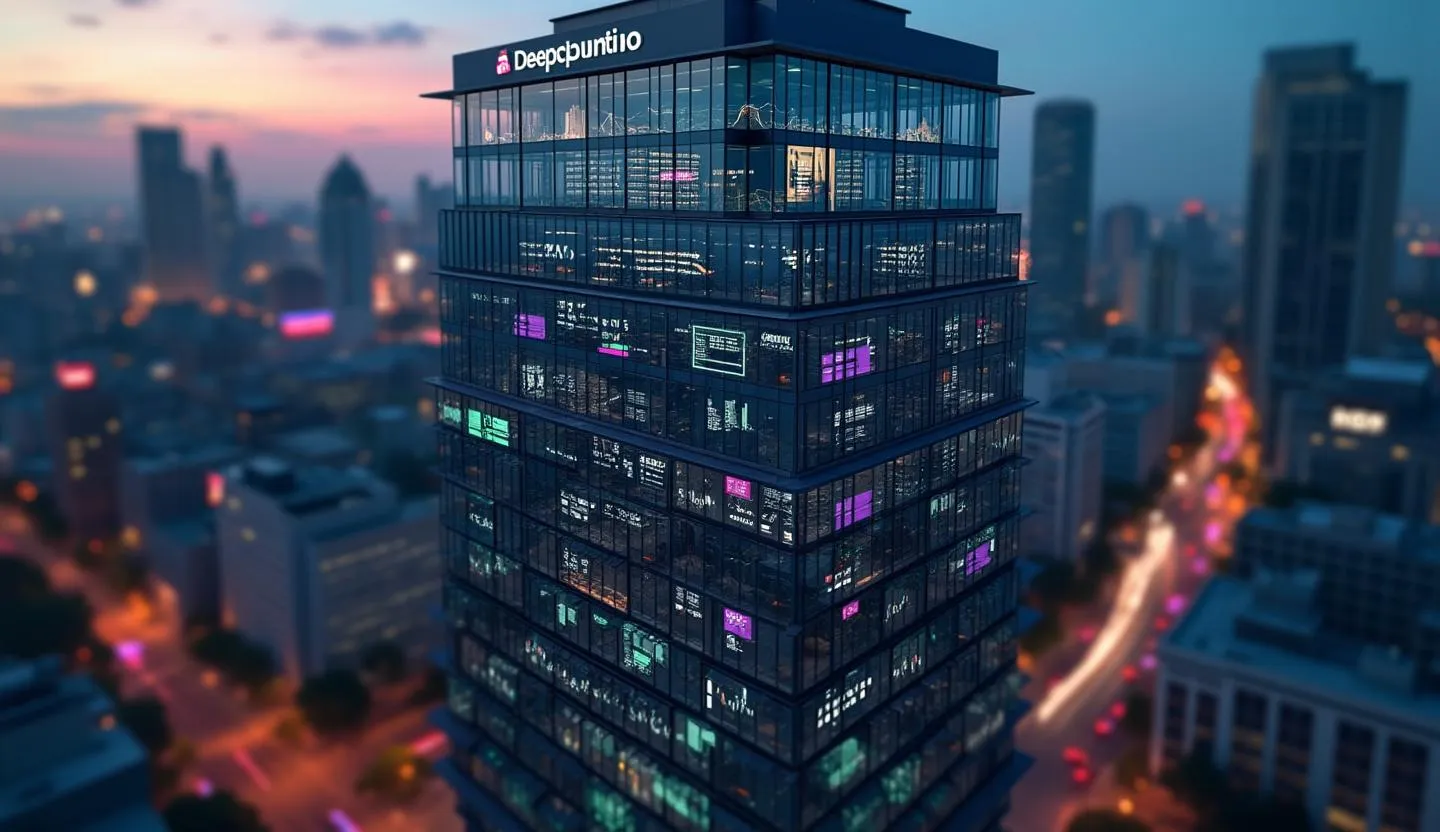Navigating Upgrades in the Eye of the Solar Storm
Sunrun Inc (RUN), a leading U.S. residential solar and storage provider, finds itself at a critical crossroads. On July 8, 2025, KeyBanc Capital Markets upgraded Sunrun from "Underweight" to "Sector Weight," a notable shift for both the company and the broader clean energy sector. The move comes on the heels of seismic policy shifts and heightened volatility across solar equities, underscoring why analyst upgrades—and their timing—matter so deeply to investors.
Sunrun’s business model revolves around designing, installing, financing, and maintaining rooftop solar systems and battery storage for residential customers. The company generates recurring revenue through long-term power purchase agreements (PPAs) and leases, making its performance closely linked to consumer adoption, regulatory tailwinds, and energy policy shifts.
In a sector battered by recent policy news and investor skepticism, KeyBanc’s upgrade represents a recalibration of expectations—one that could signal stabilizing sentiment or simply mark a pause within a volatile narrative. Understanding the rationale behind such analyst moves is essential: upgrades can drive capital flows, alter sentiment, and set new valuation anchors in sectors where fundamentals are rapidly evolving.
Key Takeaways
Potential Upside Return: No explicit price target was issued in this upgrade, but the neutral stance reflects a shift from a previously bearish view amid sector-wide pressure.
Recent Stock Price Volatility: RUN has dropped 8.3% over the past month, with a recent pre-market dip linked to policy headlines.
Key News Drivers: The abrupt termination of federal solar tax credits and President Trump’s directive to curtail green incentives have spurred a sharp sector-wide sell-off.
Analyst Upgrade Context: KeyBanc’s move to ‘Sector Weight’ signals increased confidence relative to peers, despite ongoing macro and regulatory risks.
Technical Backdrop: RUN trades near the upper Bollinger Band ($11.39) with a neutral RSI (~52), indicating the stock sits at a technical inflection point amidst heavy trading volume.
Analyst Upgrade: KeyBanc’s Influence and Motivation
Reputation and Sector Context
KeyBanc Capital Markets is widely recognized for its institutional reach and sector-specific expertise in industrials, technology, and energy transition themes. The firm’s shift from "Underweight" to "Sector Weight" does not equate to an outright bullish stance, but it does reflect a major change in relative risk assessment. Given KeyBanc’s credibility—especially in power and renewables—this upgrade carries weight with institutional allocators and hedge funds seeking signals amid sector dislocation.
The decision comes as solar equities, including Sunrun, have endured outsized volatility. In the last 30 days, Sunrun’s price fell from $11.11 to $10.18, mirroring sector-wide declines after the administration’s surprise move to accelerate the sunset of clean-energy tax credits. KeyBanc’s upgrade thus aligns with a possible bottom-fishing thesis: while risks remain, the worst may now be priced in, justifying a move to industry parity.
What “Sector Weight” Implies
The change to “Sector Weight” is a nuanced call. It suggests that, in KeyBanc’s view, Sunrun’s risk/reward now mirrors the broader solar cohort. This is a marked improvement from "Underweight," which implied either fundamental or valuation concerns exceeding sector norms.
“After the recent selloff, sector-specific headwinds are now largely reflected in Sunrun’s price. Relative to the group, we see risk/reward as balanced.” — KeyBanc Capital Markets, July 2025
Stock and Financial Performance: Reading Between the Lines
One-Year Price Action and Technicals
Sunrun’s shares have traversed a wide arc in the past year, hitting a high of $22.26 and a low of $5.38. The stock now trades at $10.18, hovering near its 20-day EMA ($8.65) and above the lower Bollinger Band ($5.21), with a recent RSI of 52.4—suggesting relative neutrality. Notably, the stock has seen more down days (132) than up days (114) over the past year, with average daily volatility at 0.84% and robust average daily volume (13.3 million shares).
This technical backdrop is significant: Sunrun is neither oversold nor overbought, and current volume levels indicate active institutional trading. The price consolidation near $10–$11 may be forming a technical base—potentially setting the stage for a volatility breakout, especially in response to further policy news or earnings catalysts.
Recent Financials (Implied)
While explicit revenue and earnings figures are not provided in this data drop, Sunrun’s recurring revenue model and large installed base typically provide a degree of cash flow visibility. However, the company’s operating leverage also means that swings in installation volume or policy-driven demand can have outsized impacts on quarterly results.
Policy Shockwaves: The News Catalysts Behind the Volatility
Fast-Tracking the End of Solar Tax Incentives
The solar sector’s July 2025 selloff was triggered by President Trump’s executive order directing the Treasury and Interior departments to enforce the immediate termination of wind and solar tax credits (Barrons). This policy reversal hit residential installers like Sunrun especially hard, as their business models rely on federal incentives to drive adoption.
On July 8, Barrons and MarketWatch (link) highlighted how the policy shock led to a sector-wide rout—RUN was swept up in the downdraft along with Enphase and other major peers.
Benzinga’s pre-market coverage (link) cited Sunrun as one of the session’s biggest decliners, further amplifying negative sentiment.
Analyst Response: Is the Bottom In?
In this context, KeyBanc’s upgrade suggests institutional analysts may now see the selloff as excessive, and that downside risk could be more limited from current levels. While the policy environment remains hostile, the market’s pricing of extreme risk may have created an opportunity for re-rating on stabilization rather than immediate growth.
Technical Inflection: Potential Upside and Downside Risk
No Explicit Price Target—But What’s Priced In?
KeyBanc did not set a new price target with this upgrade. This absence is noteworthy: it reflects a desire to avoid anchoring investors to a specific scenario when policy risk is high and sector earnings visibility is limited.
Still, with Sunrun trading at $10.18—down more than 8% from last month, and over 50% off its yearly high—the market is clearly discounting significant risk. Should policy clarity emerge or sector sentiment stabilize, a mean reversion to the 20-day SMA ($8.30) or upper Bollinger Band ($11.39) could imply near-term upside in the 10–12% range. Conversely, failure to find a bottom could see shares retest recent lows near $5.38.
What Investors Should Watch Next
Earnings Guidance: Any commentary from Sunrun’s management regarding the impact of policy changes on installation volume, margins, or customer growth.
Sector Flows: Watch for ETF rebalancing or other institutional flows following the KeyBanc upgrade.
Policy Developments: Any reversal or mitigation of the tax credit termination could trigger a sharp rebound across solar equities.
Conclusion: Why This Upgrade Matters Now
In a market gripped by uncertainty, analyst upgrades like KeyBanc’s carry outsized signaling power. For Sunrun, the move from "Underweight" to "Sector Weight" doesn’t erase policy risk, but it does suggest that the stock’s risk/reward is now more balanced relative to its solar peers. Investors seeking contrarian opportunities—or simply looking to avoid further downside—should closely monitor how sector sentiment evolves in the wake of this upgrade.
As always, the path forward will hinge on the interplay of policy, sentiment, and Sunrun’s ability to adapt its model in real time. For now, KeyBanc’s call marks a critical juncture, offering both a reality check and a glimmer of stabilization in a sector searching for its next catalyst.

.svg)
.svg)
.svg)
.svg)

.svg)

.svg)
















